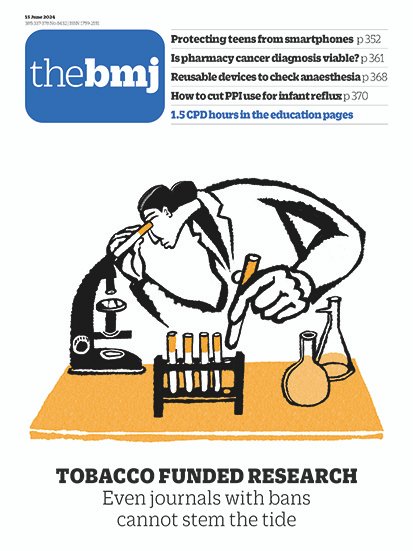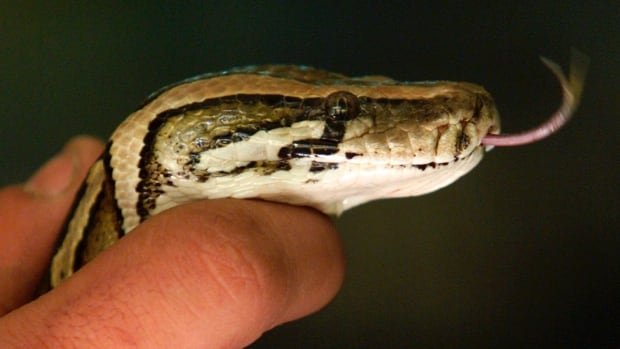Early tests on milk being sold in Canada found no signs of the virus that causes a dangerous form of bird flu, federal officials say.
Canadian Food Inspection Agency (CFIA) laboratories have tested 142 retail milk samples from “across Canada,” reads a Tuesday statement from the agency.
To date, all samples in the CFIA’s interim round of tests have been negative.
“Negative results mean that [virus] fragments are not present in milk. This supports current reports that the virus has not been detected in Canadian dairy cows,” the CFIA’s statement continued.

Canadian monitoring is underway as the U.S. grapples with an unprecedented outbreak of H5N1 bird flu in dairy cattle.
Cases have spread to 46 herds across nine states, and scientists south of the border suspect limited testing and surveillance could be masking the true scope of the outbreak — since U.S. Food and Drug Administration tests recently found H5N1 virus particles in roughly one in five samples of milk being sold on store shelves.
Food safety specialists have been quick to note that pasteurization, a specialized heating process, works to kill a host of pathogens.
In late April, U.S. federal officials also said testing confirmed the process worked for H5N1, ensuring pasteurized products remain safe to drink even if they contain viral fragments. (Health Canada made milk pasteurization mandatory in 1991.)
Though the sale of raw milk is allowed in many U.S. states, there have been no reports yet of anyone getting sick from drinking it. A single human case of bird flu in a farm worker has been linked to the dairy cattle outbreaks in Texas, but the transmission route isn’t yet clear, and the worker’s only symptom was eye inflammation.
Multiple farm cats, however, have died after drinking contaminated raw milk from H5N1-infected cows.
Research on some of the earliest samples, published in the Emerging Infectious Diseases journal, showed cats began showing symptoms a day or so after disease was found in cows — and roughly half the infected cats died.
A person in Texas who had close contact with infected dairy cattle has been diagnosed with bird flu. It’s the country’s second known human case after the virus was discovered circulating among dairy cows across at least four U.S. states for the first time.
Cattle testing also underway
In its latest statement, the CFIA said the agency understands that “Canadians may be concerned about the safety of milk and milk products” in this country, as well.
Testing on milk samples here is happening in collaboration with the CFIA, Public Health Agency of Canada and Health Canada, using highly sensitive polymerase chain reaction (PCR) tests.
As for where exactly the samples came from in Canada — and how long testing will continue — CBC News is awaiting additional information from federal officials.
Scott Weese, a veterinarian and expert on infectious animal diseases at the University of Guelph, said the CFIA’s early results are hopeful, suggesting there aren’t widespread infections going unreported, but they also don’t guarantee the virus hasn’t hit any Canadian cattle.
“It’s a good start,” he added. “It’s a relatively small number of samples.”
Alongside milk testing, the CFIA is also requiring negative test results for lactating dairy cattle being imported from the United States and “facilitating the voluntary testing of cows” that aren’t presenting with any symptoms.
Weese agreed it will be crucial to look at cattle movement and ensure no infected cows make it into Canada. But what’s also important, he stressed, is wild bird surveillance alongside monitoring on Canadian farms, including financial support for farmers and clear communication on what happens if a farm does find a positive case.
That could mean the federal government goes as far as buying up all the milk from an infected premise, to ensure there are no disincentives for farmers to test their herds, Weese said: “We really should be doubling down on our prevention methods.”
In the U.S., officials are ramping up surveillance, including wastewater monitoring efforts and nearly $200 million US in funding to test for H5N1, including payouts of $75 US for any farm worker who agrees to give blood or nasal swab samples to help track the spread of this virus.









